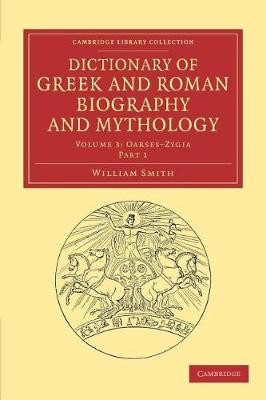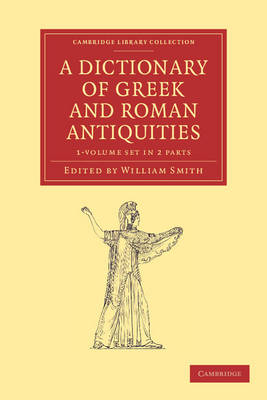Cambridge Library Collection - Classics
1 primary work • 2 total works
Volume 1
Originally published in three volumes between 1844 and 1849, this extensive reference work, illustrated with reproductions of ancient coins, embodies a wealth of nineteenth-century classical scholarship. Functioning as a highly readable guide to the whole of ancient Greek and Roman history and mythology, the work was edited by the eminent lexicographer and classicist Sir William Smith (1813-93). Knighted in 1892, Smith was one of the major figures responsible for the revival of classical teaching and scholarship in Britain. His Dictionary of Greek and Roman Antiquities (1842) is also reissued in this series. For the present work, Smith assembled a team of contributors but still wrote many of the entries himself. Each massive volume has been subdivided into two separately published parts for this reissue. Part 2 of Volume 1 contains entries from Marcus Antius Briso (a plebeian tribune) to Dysponteus (a son of Oenomaus or Pelops).
First published in 1842, this extensive reference work was edited and written in large part by the eminent lexicographer and classicist Sir William Smith (1813-93). Knighted in 1892, Smith was one of the major figures responsible for the revival of classical teaching and scholarship in Britain. He also made contributions to biblical study, editing a series of reference works on the subject. His three-volume Dictionary of Greek and Roman Biography and Mythology is also reissued in six parts in the Cambridge Library Collection. The present work is a massive achievement, running to well over a million words and copiously illustrated throughout with line drawings. It proved enduringly popular and was frequently reprinted throughout the nineteenth century. It is reissued now in two parts. The first part contains entries from abacus to lodix (a small shaggy blanket). The second part contains entries from logistai (Athenian officials) to zona (a girdle).

